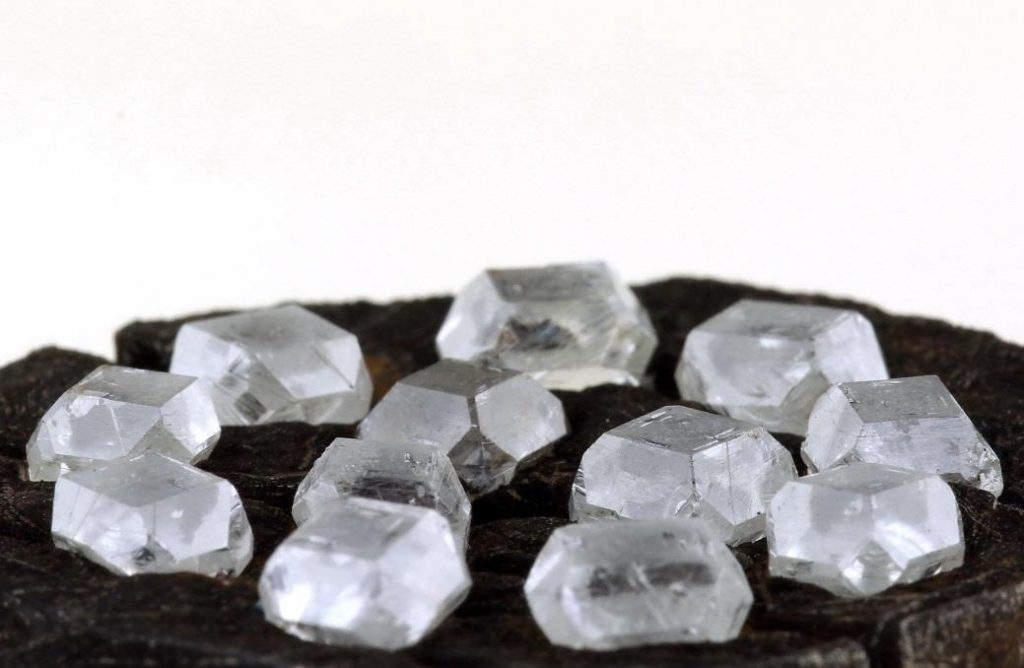
Diamonds have long been revered for their beauty, rarity, and association with luxury. However, traditional diamond mining comes with ethical concerns and environmental impacts. In recent years, laboratory-grown diamonds have emerged as an alternative, marketed as a sustainable and eco-friendly choice. This article explores whether laboratory-grown diamonds truly live up to their claims of sustainability and environmental friendliness.
The Process of Laboratory-Grown Diamonds:
Laboratory-grown diamonds, also known as synthetic or cultured diamonds, are created in controlled environments using advanced technology. They are produced through two primary methods: High-Pressure High-Temperature (HPHT) and Chemical Vapor Deposition (CVD). Both methods involve replicating the natural conditions that cause diamond formation but in a shorter time frame.
Environmental Impact:
a) Land Disruption: Traditional diamond mining often requires extensive land clearing and excavation, leading to habitat destruction and soil erosion. In contrast, laboratory-grown diamonds are produced in labs, eliminating the need for land disruption.
b) Energy Consumption: The production of laboratory-grown diamonds does require significant energy inputs, mainly in the form of electricity. However, advancements in technology have made the process more efficient, reducing energy requirements over time. Renewable energy sources can also be used to power these facilities, further minimizing their carbon footprint.
c) Water Usage: Traditional diamond mining can consume substantial amounts of water, contributing to local water scarcity and ecosystem degradation. Laboratory-grown diamond production generally requires significantly less water, making it a more environmentally friendly option.
d) Chemical Usage: While the production of laboratory-grown diamonds involves the use of chemicals, the industry is continually striving to reduce their environmental impact. Responsible manufacturers are working on developing greener chemical processes and minimizing the use of harmful substances.
Ethical Considerations:
Traditional diamond mining has long been associated with human rights issues, including exploitative labor practices and conflicts (so-called “blood diamonds”). Laboratory-grown diamonds, on the other hand, offer a more transparent and traceable supply chain. Consumers can be confident that their diamonds are not contributing to human suffering or funding conflicts.
Long-Term Sustainability:
a) Repurposing Waste: Laboratory-grown diamond production generates significantly less waste compared to mining. Additionally, by-products from the manufacturing process can be repurposed, further reducing the ecological impact.
b) Circular Economy: As laboratory-grown diamonds gain popularity, a potential future advantage lies in their ability to be recycled and repurposed. This aligns with the principles of a circular economy, where materials are reused rather than discarded.
Conclusion:
Laboratory-grown diamonds offer an alternative to traditional diamond mining that addresses many of the ethical and environmental concerns associated with the industry. While there are energy and chemical inputs involved, the overall impact is significantly reduced compared to mining. Furthermore, the transparency and traceability of laboratory-grown diamonds provide assurance to consumers seeking an ethical and sustainable choice.
As with any industry, continuous improvements are needed to enhance the sustainability of laboratory-grown diamond production. Manufacturers should prioritize the use of renewable energy, minimize chemical usage, and explore recycling options. By doing so, laboratory-grown diamonds can truly become a more sustainable and eco-friendly option, offering consumers the beauty and luxury they desire without compromising the environment or human rights.
Source: DCLA


No comments:
Post a Comment